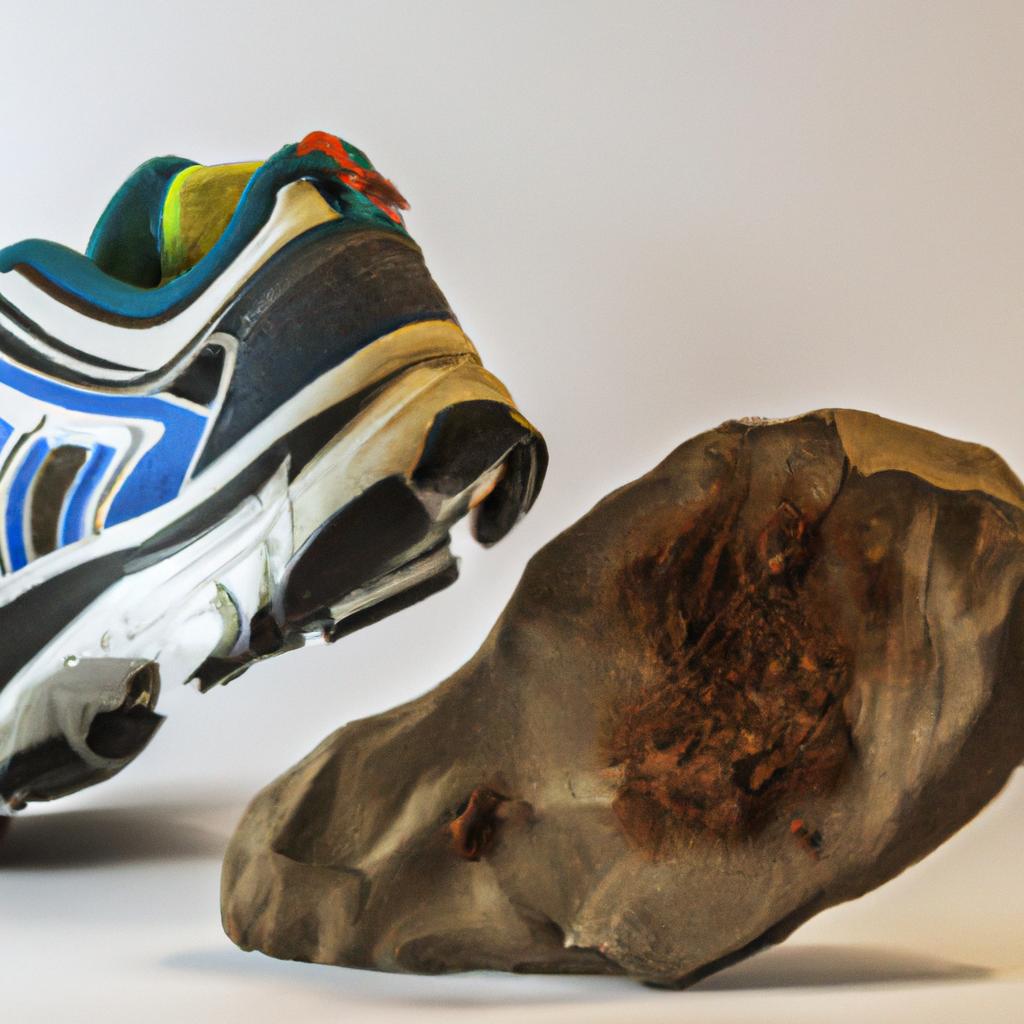**”The Impact of Terrain on Running Shoe Selection: Understanding How Different Surfaces Affect Performance and Injury Risk”**
# The Impact of Terrain on Running Shoe Selection: Understanding How Different Surfaces Affect Performance and Injury Risk
Running is one of the most accessible forms of exercise, but the choice of terrain can significantly influence performance and injury risk. Whether you’re a seasoned marathoner or a casual jogger, understanding how different surfaces impact your running experience is crucial. One of the most important decisions every runner faces is selecting the right pair of shoes for the terrain they will be traversing. In this blog post, we will explore how terrain affects running shoe selection, offer nutrition and exercise advice, and highlight the health benefits of proper footwear.
## Understanding Terrain Types
### Road Running
Roads and pavements are the most common surfaces for runners. They are typically flat and hard, providing a consistent surface that can help improve speed and performance. However, the unforgiving nature of asphalt or concrete can lead to a higher risk of injury if not properly addressed.
**Shoe Selection**: Road running shoes are designed to be lightweight and provide adequate cushioning to absorb the impact of hard surfaces. Look for shoes with a good balance of cushioning and support to help mitigate the risk of common injuries like shin splints and plantar fasciitis.
### Trail Running
Trail running takes you off the beaten path and onto uneven, often unpredictable terrain. This can include rocks, roots, mud, and steep inclines. The varied surface can enhance your running experience but also poses unique challenges.
**Shoe Selection**: Trail running shoes typically feature a more rugged outsole for better traction, reinforced toe boxes for protection against rocks, and a tighter fit to keep your foot stable on uneven ground. Look for shoes with good grip and water resistance if you expect to encounter muddy conditions.
### Track Running
Tracks are specifically designed for running, usually made of synthetic materials that provide a smooth, consistent surface. This is the ideal environment for speed work and interval training.
**Shoe Selection**: Spike shoes or lightweight trainers are often preferred for track running. They are designed to be aerodynamic and provide minimal cushioning, allowing for maximum speed and agility. However, be cautious with these shoes for long-distance runs as they may not provide the necessary support over extended periods.
## Nutrition Tips for Runners
Proper nutrition is essential for any runner, but it becomes even more critical when you factor in the type of terrain you’re running on.
1. **Stay Hydrated**: Different terrains can lead to varying levels of sweat loss. Always carry water when running on trails or in hot weather, and consider electrolyte drinks for longer runs.
2. **Carbohydrate Loading**: If you’re preparing for a long run, especially on challenging terrain, ensure you’re consuming enough carbohydrates in the days leading up to your run. This will help fuel your muscles and improve endurance.
3. **Post-Run Recovery**: After your run, replenish your energy with a meal rich in protein and carbohydrates to aid muscle recovery. Foods like chicken with quinoa or a smoothie made with fruits and yogurt are excellent choices.
## Exercise Advice for Different Terrains
1. **Vary Your Training**: Incorporate runs on different surfaces to build strength and resilience. This will not only improve overall fitness but also condition your body to handle various terrains.
2. **Strength Training**: Incorporate exercises targeting your core, hips, and legs. Strengthening these areas can reduce the risk of injuries, particularly when running on uneven surfaces.
3. **Focus on Form**: Pay attention to your running form, especially on trails where uneven surfaces can lead to slips or falls. Shorter strides and a lower center of gravity can improve stability.
## Health Benefits of Choosing the Right Shoes
Selecting the right shoes for your terrain can yield numerous health benefits, including:
– **Injury Prevention**: Proper footwear can significantly reduce the risk of common running injuries by providing the necessary support and cushioning for your feet.
– **Improved Performance**: The right shoes can enhance your efficiency and speed, allowing you to run longer and faster with less fatigue.
– **Enhanced Comfort**: Shoes designed for specific terrains will provide a more comfortable running experience, reducing the likelihood of blisters and discomfort.
## Conclusion
The impact of terrain on running shoe selection cannot be overstated. Whether you’re pounding the pavement, navigating rocky trails, or racing on a track, choosing the right footwear is crucial for optimizing performance and minimizing injury risk. Coupled with proper nutrition and targeted exercises, the right shoes can transform your running experience, allowing you to enjoy the myriad health benefits that come with this fantastic form of exercise. So lace up, hit the terrain that excites you, and remember that the right shoes are your best ally in achieving your running goals.















Post Comment